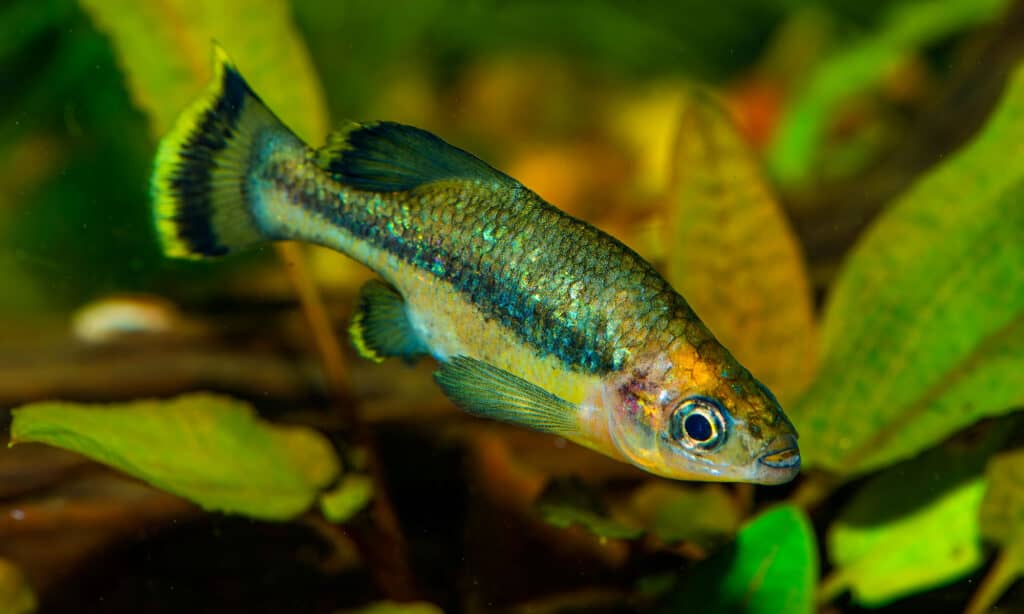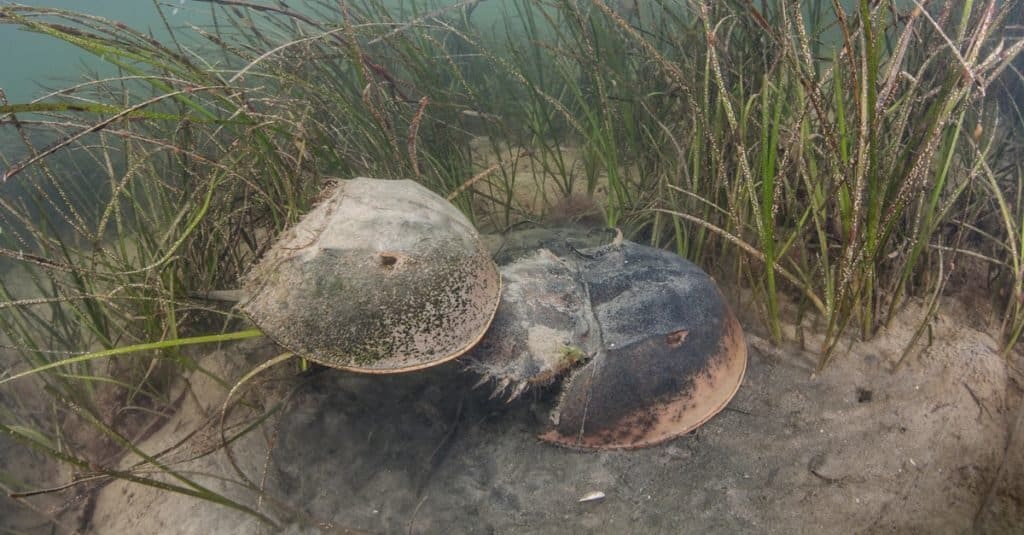It’s believed by some scientists that we are in the middle of the 6th largest extinction event that has ever occurred on our planet. Both plants and animals are declining in numbers at alarming rates. It’s predicted that the most diversity will be lost in tropical waters while animals at the poles will die at the highest rates as the destruction of viable habitats and warming environments continues unchecked.
Animals are declared extinct when they’ve gone unobserved in the wild for 50 years. Those on the IUCN Red List that are entering their 50th year of absence are up for an extinction declaration in 2022.
Animals that go extinct via this observational method, as opposed to other events like natural disasters, are sometimes referred to as lost species. We’ll include a few of those lost species on our list.
The news around extinction isn’t all dismal. If conservation efforts step up and if industrial regulation becomes more widespread, extinction rates may slow down. As we repair the environment, animal populations will also bounce back.
Scientists are discovering new species all the time and our understanding of extinction events is still evolving. It’s also not possible to identify extinctions exactly as they happen because it takes time to identify the lack of presence of any organism.
Despite this, 2022 has already hosted several probable extinctions. The IUCN has not released any new information regarding extinctions yet this year, and neither has the Department of Fish and Game. What animals have likely gone extinct in 2022?
4 Animals That Have Gone Extinct in 2022
These are the 4 animals that are likely to have gone extinct before the end of 2022:
- Sir David’s Long Beaked Echidna
- Cape Verde Giant Skink
- Butterfly Splitfin
- Atlantic Horseshoe Crab
1. Sir David’s Long Beaked Echidna (Zaglossus attenboroughi)
The common name of this animal is Sir David’s long-beaked echidna or the cyclops long-beaked echidna. It lives in Papua New Guinea. It hasn’t been observed in the wild since 1961, and it will likely be declared extinct in 2022.
This species is a good example of a lost species. This means it hasn’t yet been declared extinct, but it’s believed to be extinct because it’s been a long time since someone has seen an individual. However, some species remain in the lost category because individuals may be discovered in the future. That’s the case with this echidna since large portions of Papua New Guinea have not been biologically surveyed.
These animals are solitary and only meet once per year to procreate. They curl into a ball when they are threatened. Their spikes provide protection when they do this.
2. Cape Verde Giant Skink (Chionina coctei)

Cape Verde giant skinks were endemic to the Cape Verde islands off the northwest coast of
Africa
.
©Ghedoghedo / CC BY-SA 4.0 – License
This is an extinct skink that hasn’t been seen since 1940 and may be declared extinct in 2022 as it’s another lost species. Habitat loss and hunting are to blame. These animals were hunted because their bodies produce an oil that was used as a healing balm.
It was a large skink that lived solely on Cape Verde which is an island grouping off the northwest coast of Africa. Historically, this skink was a herbivore, but as it responded to the degradation of its environment, it began eating small prey like bird eggs.
Nobody is sure if this lizard laid eggs or gave birth to live young. Their anatomy suggests that live births were possible; however, there are written accounts of these creatures laying eggs.
This species is up for de-extinction, which is a process that uses the genetic materials left from these animals to try to recreate them in the lab. Only animals that left behind viable DNA are up for de-extinction, and this lizard is an example of one such animal.
3. Butterfly Splitfin (Ameca splendens)

While the
butterfly
splitfin still exists, it’s functionally extinct in the wild.
©Karel Zahradka/Shutterstock.com
While there are one (maybe 2) populations of these fish left in the wild, they’re functionally extinct as these populations are isolated and limited. There is a small population located in a waterpark in Mexico, and escaped captive stock may now form a small wild population in Nevada.
They may be recognized as fully extinct this year as these populations are known to be extremely fragile. While butterfly splitfins are almost extinct in the wild, they’re doing well in captive breeding stocks.
They’re popular aquarium fish, so their populations are maintained by enthusiasts, though they’re completely reliant on humans as they’re domesticated. A lack of interest in this species has caused a decline in their numbers, but there are still many individuals in existence.
4. Atlantic Horseshoe Crab (Limulus Polyphemus)

Atlantic horseshoe crabs are functionally extinct in the Long Island Sound as of 2022.
©Ethan Daniels/Shutterstock.com
While the horseshoe crab in its entirety is not extinct, the population of horseshoe crabs in the Long Island Sound is functionally extinct as of 2022. Functional extinction means that there are still individuals alive, but they are a few generations from disappearing completely. There are not enough animals left to propagate the species in the Long Island Sound.
This specific horseshoe crab is also known as the American horseshoe crab. It’s found in both brackish and marine environments. It’s in the Gulf of Mexico and up the Atlantic seaboard.
It’s considered an important part of native ecosystems because its eggs and juveniles are important sources of nutrients for sea turtles and birds. This is especially true in the more southern parts of its range, where it breeds year-round.
While these crabs look like crabs and are found in the ocean like crabs, they’re more closely related to scorpions, ticks, and spiders. This is the last species of this type of crab found in North America, though there are extinct predecessors that existed within this animal’s territory.
The American horseshoe crab likes to eat invertebrates, which get ground up in a gizzard after passing through legs with bristles on them. Horseshoe crabs, in general, are of interest to scientists because they’re considered living fossils.
A living fossil implies that an animal hasn’t changed much over time, and Atlantic horseshoe crabs have been the same for almost 450 million years. While such information seems to imply that there is a fossil record of the Atlantic horseshoe crabs, their delicate structures in conjunction with their preferred environment means there are almost no fossils of this exact species.
Up Next
- Discover 8 Of The Biggest Animals That Have Gone Extinct
- The 8 Largest Animals That Have Lived Since Dinosaurs Went Extinct
- Top 10 World’s Largest Dinosaurs Ever
- 10 Rarest Animals In The World
The photo featured at the top of this post is © Karel Zahradka/Shutterstock.com
Thank you for reading! Have some feedback for us? Contact the AZ Animals editorial team.






